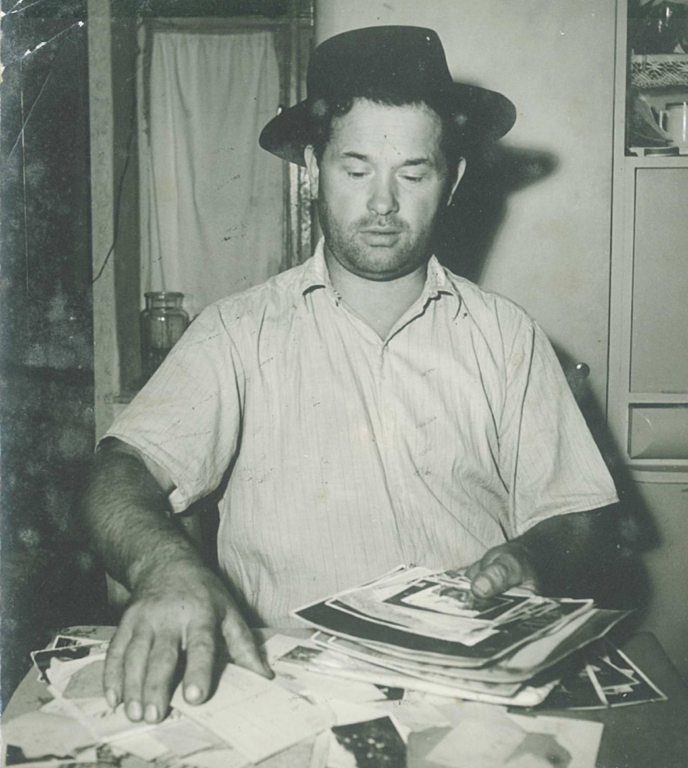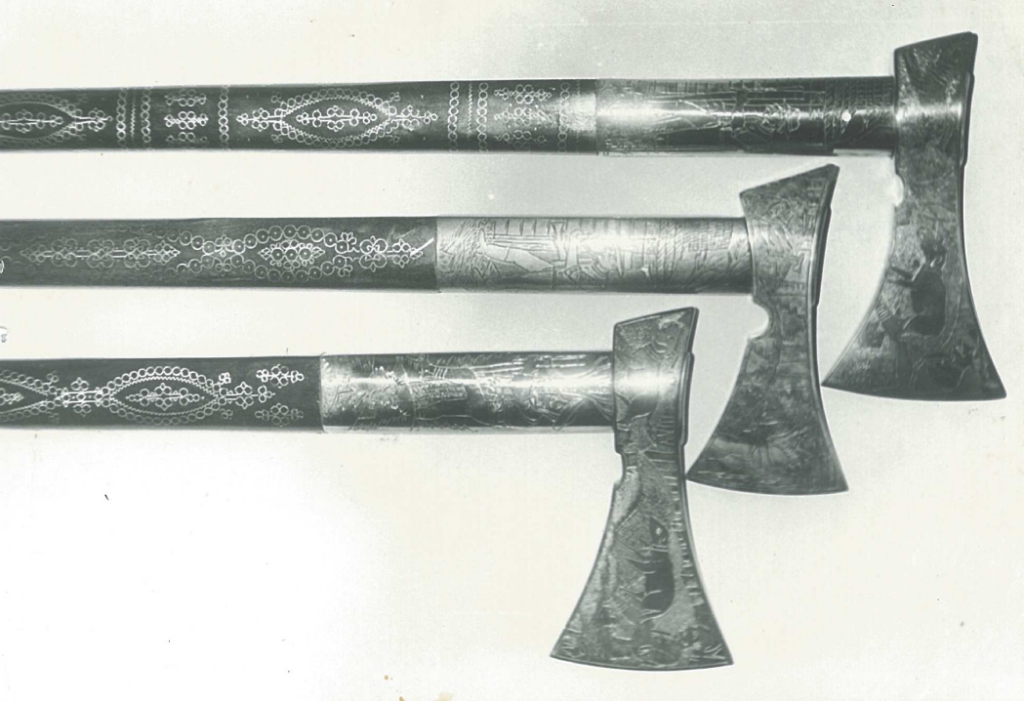He was born in 1911 as the son of a carpenter and grandson of a shepherd, perhaps it was there that his inclination towards valaškas was born. He completed his carpentry apprenticeship in 1931 in the workshop of Aladár Martinovič in Banská Bystrica. After finishing his apprenticeship, he completed a three-month carving and sculpting course at the Improvement Institute in...
He was born in 1911 as the son of a carpenter and grandson of a shepherd, perhaps it was there that his inclination towards valaškas was born. He completed his carpentry apprenticeship in 1931 in the workshop of Aladár Martinovič in Banská Bystrica. After finishing his apprenticeship, he completed a three-month carving and sculpting course at the Improvement Institute in Turčiansky Sv. Martin, but after returning from military service, he mainly worked at the sawmill. In 1946, he applied to become a member of the Centre for Folk and Artistic Production (ÚĽUV) and obtained a position in the carving cooperative Javorina. Initially, he had his workshop in the kitchen, but after his father’s death, he made it by partitioning a larger room. He focused on producing traditional shepherd’s products, especially valaškas, which were still an integral part of traditional life in our region at that time. He constantly perfected production techniques, creating not only new decorative motifs but also techniques for which he made or obtained tools. In the 1950s, he also started making fujaras and whistles decorated with burning. He never lacked visitors at home, whether shepherds from nearby huts whom he adorned with belts, made valaškas, ladles, and fujaras, or prominent figures from social life — a frequent guest in his house was the great lover and collector of folk art, actor Karol L. Zachar, or ethnographer Andrej Polonec. Perhaps because of the diversity and precision of patterns on his valaškas, as well as the scope of his production, he surpassed most valaškars. Folklore in the region near Banská Bystrica was characterized by axes with embossed brass and copper metal plates. Ján Snopko was inspired by valaškars from this region in his work — he observed the richness of patterns from the father and son Pavel and Ján Podolcove from Radvan, and technical skill and precision from Ján Chaban from Priechod. Alongside the professional guidance of ÚĽUV staff, he remained true to his own invention, which stemmed from deep regional roots. He artistically worked traditional patterns, using various tools for decorating axes and axes (including knives and chisels, grinders, planers, numerous tools for working with wood and modeling reliefs in metal, mechanisms for bending metal plates). He had axes forged and cast based on wooden models he created himself according to traditional patterns. He decorated them by engraving scenes from shepherd and outlaw environments. From 1964, he collaborated with ÚĽUV as an independent producer and was one of the most productive creators of valaškas. In 1980, he obtained a master craftsman certificate in the field of metal embossing. He died in 1988. (Source: Kubišová, Ľ .: 100 years since the birth of Ján Snopko – valaškar. In: Malachovské noviny. 5, 2011, no. 1, p. 10 – 11.)



